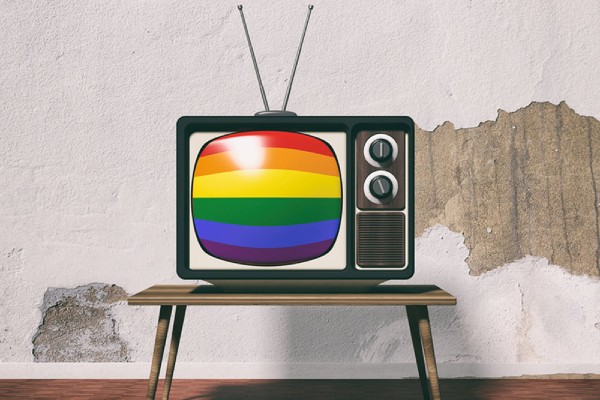
GLAAD’s latest Where We Are on TV report, released on Thursday January 14, found the number of LGBTQ+ characters in American TV shows dropped in 2020 after five years of increasing queer representation. Out of 773 series regular characters scheduled to appear on broadcast scripted primetime television this season, 9.1% were LGBTQ+, compared to 10.2% in 2019. The number of recurring LGBTQ+ characters on primetime TV also decreased from 120 in 2019 to 101 in 2020.
There was also a decrease in the number of LGBTQ+ characters on streaming platforms such as Amazon Prime, Hulu and Netflix, with a total of 141 queer characters seen in 2020, compared to 153 in 2019. Lesbian representation had decreased on these platforms for the fourth consecutive year, with lesbian characters now accounting for 28% of total LGBTQ+ characters. Representation of HIV-positive characters also decreased, dropping from nine in 2019 to only three in 2020, all of which were seen on Pose.

GLAAD said the decrease in LGBTQ+ representation could be partially due to the coronavirus pandemic, which has seen many television shows, including queer programmes such as Euphoria and Killing Eve, temporarily delayed. The report also noted positive trends, with over 50% of LGBTQ+ characters on primetime scripted cable being people of colour. 2020 was also the fourth year running where GLAAD saw asexual representation in mainstream television.
In response to the report, Sarah Kate Ellis, the president of GLAAD, said: “In the midst of a destructive pandemic, a long overdue cultural reckoning with racial injustice, and a transition into a new political era for this country, representation matters more than everts people turn to entertainment storytelling for connection and escape. This time of unprecedented change matched with increased demand represents an opportunity to break new ground with stories we have not seen before and create LGBTQ characters that do not reinforce harmful stereotypes.”

















You must be logged in to post a comment.